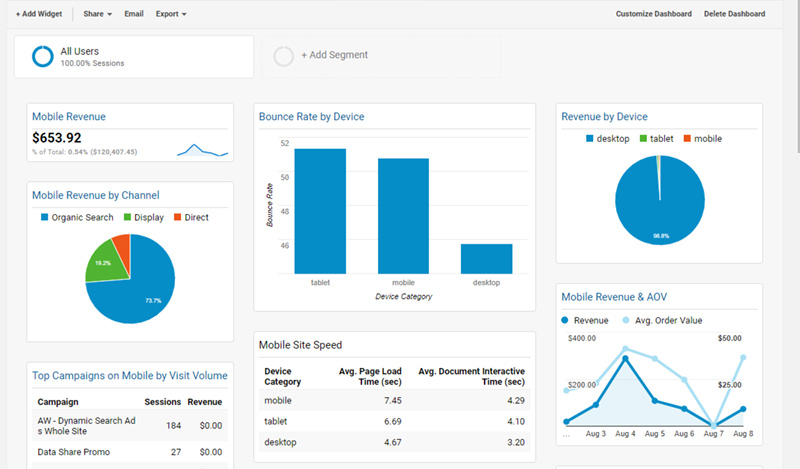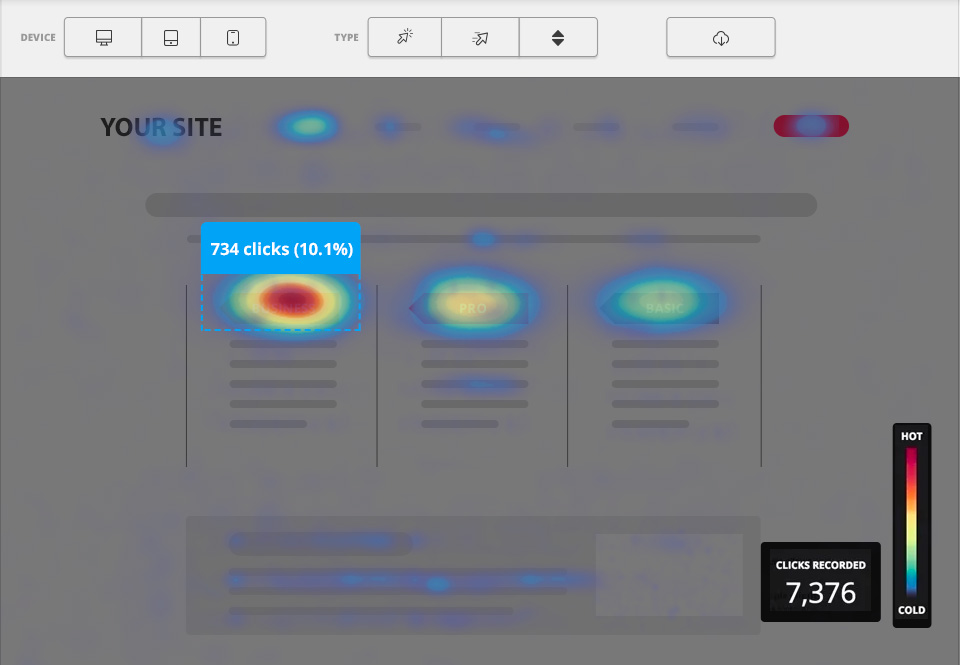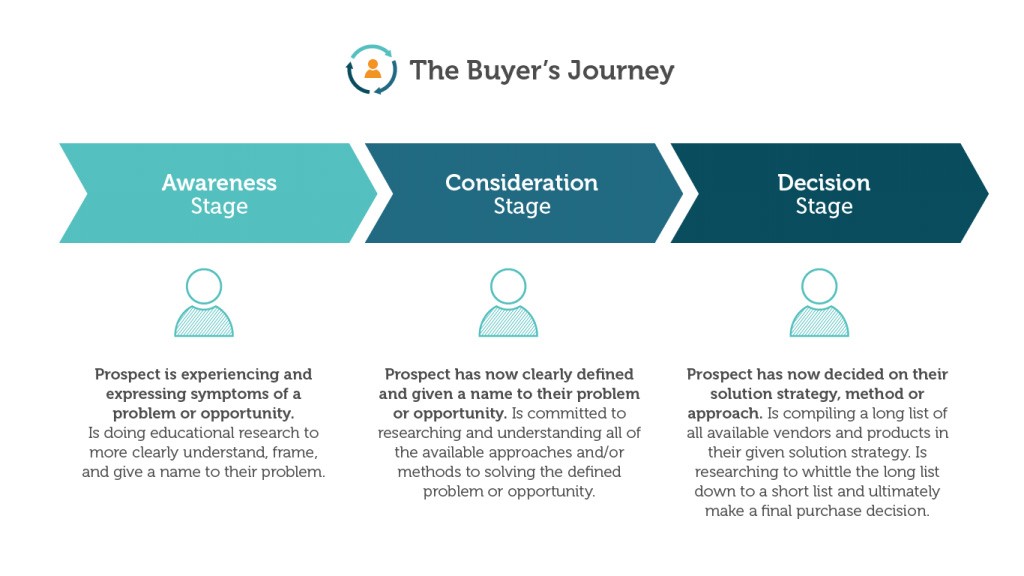If you offered someone working in marketing the chance to inhabit the mind of the average consumer for a day, they would snap up that opportunity in a second. Trying to guess what a customer wants and what their thought process behind getting it is an invaluable skill when it comes to marketing.
Naturally, as the world of marketing has evolved, the practice of predicting or second-guessing potential buyers has become much more sophisticated. With the arrival of the internet and e-commerce, there is now a whole raft of tools available to maximise customers’ engagement.
Everything a person does online leaves a digital footprint and the information – or data – which can be gleaned from that is used to inform the direction of marketing. Everything from a person’s age, gender and social class to their browser behaviour can be used to construct a pattern, and data-driven marketing applies this information to target groups and individuals.
Why is data so important for e-commerce businesses?
The adage that knowledge is power is undoubtedly correct when it comes to e-commerce. Building up a profile of your customers or visitors to your website can allow you to shape the service you provide to ensure a maximum ROI. In a way, data is the lifeblood of e-commerce.
Think of it this way – if you own a physical store, you stand behind the counter and watch people coming and going all day. You’ll quickly be able to work out which people are browsers and which are serious buyers, you’ll also get a good idea of the profile of your average customer.
With an e-commerce business, this isn’t immediately obvious to you and this where data comes in. However, simply collecting data is not enough. The key to e-commerce success is interpreting and analysing data to use it properly.
The importance of analytics in data-driven marketing
We’ve all heard the term ‘lost in translation’ which is generally meant to indicate that something has been misunderstood due to inaccurate interpretation. That may happen with different languages, but it is equally valid when it comes to analysing data.
Poorly analysed data can be extremely costly for e-commerce businesses as it will involve investing time and money into a particular strategy which has little chance of success. On the flip side, get your analytics spot, and you can reap the rewards.
The most useful forms of data analysis
Analytics is a way of translating the data you find into useful information that you can use to boost your e-commerce business. There are many different ways people will use your website, and therefore many various aspects of data analysis which prove useful.
Onsite searching
Analytics can allow you to get a better understanding of what people are searching for on your e-commerce site. This will inform you of the things most people tend to look for when they arrive on your site. However, while this can help to highlight the most popular areas of your website, you may wish to make those frequently searched for items much more accessible to the casual browser.
Onsite searching can also show you things which visitors to your site search for, but which you haven’t got. If a particular search term continues to show up in multiple searches, then maybe it’s time to start giving your customers what they want.
If you were in a physical store and lots of different people kept coming in to ask for the same thing, you would quickly make sure you stocked it. It’s the same with the data gleaned from onsite searches – if it’s in demand, it should be on your site. By identifying regular keywords that visitors use, you can provide content based on that, which will help drive more traffic to your site, or particular areas within it.
Key performance indicators (KPIs)
For any e-commerce business to flourish, you must establish key Performance Indicators. This will help you to measure how successful your e-commerce site is. Examples of KPIs may include the percentage of sales to visits or the month-by-month increase in clicks or engagements.
Sales in themselves represent a very obvious KPI. Still, when it comes to e-commerce, it’s also vital to work out how much profit is made when you factor in your operating budget and investment in the promotion and marketing of your e-commerce business.
The buyer’s journey
An acute analysis of how people navigate your site will allow you to map your buyer’s journey and identify which aspects of your e-commerce business engaged them and which didn’t. Analytics will give you an insight into how long the average visitor spent on your site, what they clicked on and what journey they took to an outcome, whether positive or negative.
Where a visitor leaves a site without buying or engaging is known as the drop-off point. Identifying common drop-off points are essential to developing your e-commerce and finding out what works and what doesn’t.
If a visitor’s journey takes them to one of your KPIs (Key Performance Indicators), be that prolonged engagement with a piece of content or purchase, you can class this as a positive outcome and identifying the steps that lead there is also valuable.
Path length to conversion
While analytics can allow you to see what a visitor does on any given day, they can also give you a more long-term view of conversion rates. They can enable you to analyse, for example, how effective a new marketing campaign has been by measuring the length from initial engagement to conversion. If this path has shortened considerably, then you may deem the new campaign to be a success. However, if something like a website redesign or new feature introduces fresh pain points, then analytics will show that the path to conversion has lengthened.











